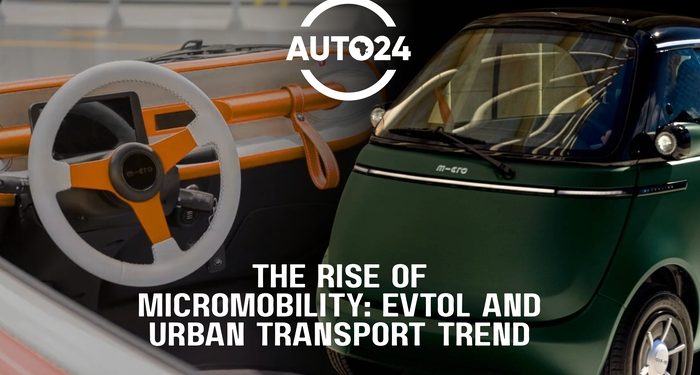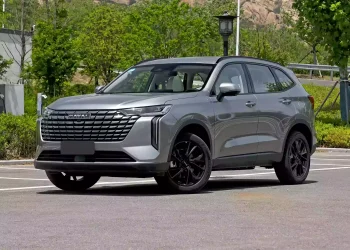The Future of Urban Transport Takes Flight
Micromobility has already reshaped cities globally through e-scooters, e-bikes, and compact EVs, but a new chapter is emerging: electric Vertical Take-Off and Landing aircraft (eVTOLs). Often dubbed “flying taxis,” these futuristic machines promise to reduce congestion, cut emissions, and redefine short-distance urban transport. The big question is — how close are South African streets and skies to embracing these innovations?
What is Micromobility and Why Does It Matter?
Micromobility refers to small, lightweight vehicles built for short trips. Traditionally, this has included bicycles, e-bikes, and scooters, but the category is evolving to encompass:
- Compact EVs for inner-city travel.
- Ride-sharing micromobility fleets.
- eVTOLs, the most ambitious leap yet.
Key Insight: Micromobility reduces congestion and lowers carbon footprints while giving commuters more flexible options.
eVTOLs: A Glimpse into the Skies
eVTOLs are essentially electric aircraft designed for short city hops. Key features include:
- Vertical take-off and landing, requiring no runway.
- Quiet electric propulsion, reducing noise compared to helicopters.
- Lower operating costs, thanks to battery-powered systems.
Globally, brands like Joby Aviation, Volocopter, and Hyundai’s Supernal are testing prototypes, with some targeting commercial rollout as early as 2026.
Global Momentum: Lessons for South Africa
- Regulation: The EU and US are already drafting frameworks for air taxi certification.
- Infrastructure: Pilot cities are investing in “vertiports” — mini airports for eVTOLs.
- Adoption: Partnerships with ride-hailing giants like Uber are in motion overseas.
For South Africa, these examples provide a roadmap, though local adaptation will depend on urban density, regulation speed, and investment appetite.
What South Africa Needs to Prepare
- Policy Development: Civil Aviation Authority regulations tailored for eVTOLs.
- Infrastructure Investment: Building vertiports near business hubs and airports.
- Public Buy-In: Awareness campaigns around safety and affordability.
- Energy Stability: Reliable electricity supply is critical for charging fleets.
Challenges to Overcome
- Load Shedding: Energy insecurity could hinder rollout.
- High Costs: Initial rides will likely cater to premium users.
- Safety Perceptions: Convincing commuters that eVTOLs are safe.
Conclusion: A Groundbreaking but Gradual Transition
Micromobility is already here in the form of scooters and compact EVs, but eVTOLs represent the boldest step yet. While South Africa is unlikely to see them buzzing over Johannesburg or Cape Town tomorrow, the groundwork laid today will determine whether the country is ready when this transport revolution takes off.





